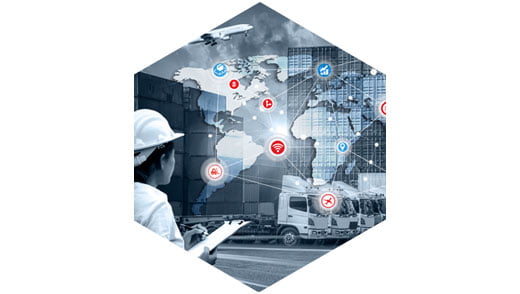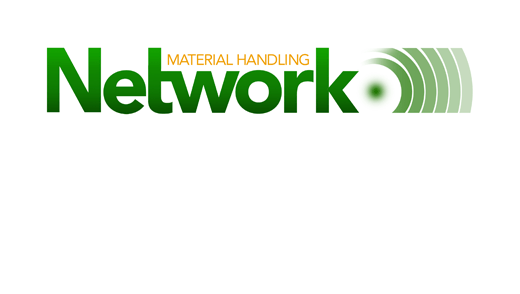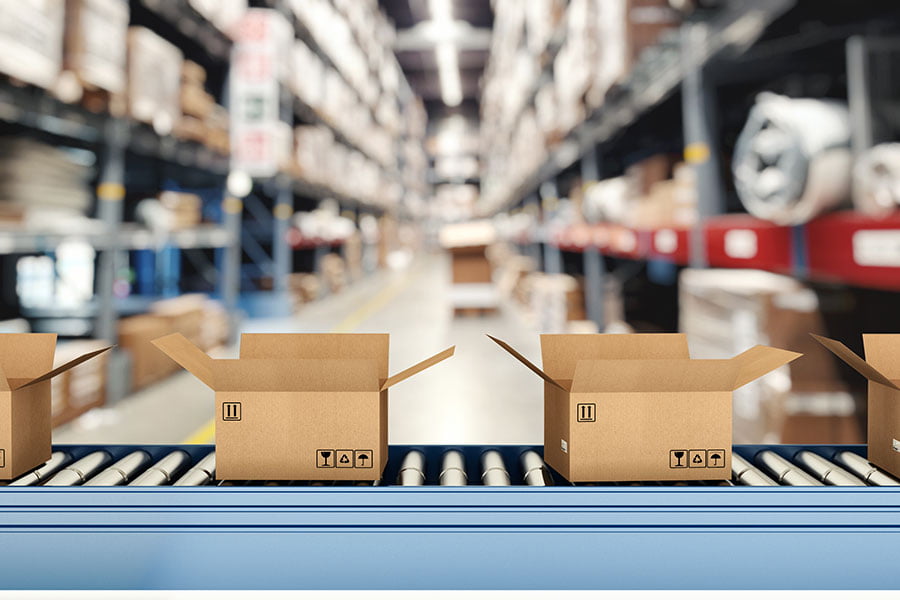Published November 5, 2019
Logistics will be one of the most important components of retail, wholesale and CPG companies’ business in 2020. Consumers continually expect better performance, as do customers serving consumers, so logistics is and will continue to be a hot topic at the senior levels of company management. Two principle (sometimes competing) factors are creating this need for logistics performance-cost and service level. This article will focus on these two primary drivers of consumers’ expectations and provide some guidance on how to meet the ever-increasing needs in these two areas of operations.
As many as 30 or 40 years ago, logistics meant to move goods, parts and materials from origin to destination-a narrow interpretation. Today, the field of logistics management is far more all-encompassing, referring to the whole supply chain, including planning, control and implementation of effective movement of literally everything. Cost pressures, which equate to pricing pressures, dominate management’s thinking and are generally number one on the list of must-haves. This is followed most often by service pressure to get the goods, parts and materials to their destinations quickly and without error. So, while these pressures exist, logistics management is more often than ever before at the top of senior management’s agendas.
Reducing the cost of logistics is sometimes easy and sometimes very difficult depending on several circumstances, including how good the operation is today and the level of skills in the organization to affect change and technology in play. More and more the technology and people are key to the ability of logistics to deliver real value to the organization versus being a drain on performance. Get the people right, working on effective processes and implement effective technology fit and sized to scale your operation and logistics will feel easier. There is more to the story, however, as we have seen many organizations that seemed to have all three of these components in place and still produced lackluster results. Less obvious topics, such as performance measurement and reviews, management oversight, communication with everyone along the chain of processes, documentation of processes and KPIs, and effective integration of systems, are just a few of the related parts to making a complete logistics network hum.
Another topic that warrants some discussion is the allocation of our most valuable part of effective logistics, which is skilled resources. Too often leadership swings people from one number one priority to the next or makes everything a number one priority. This phenomenon, which should have a name, is one reason I believe people leave jobs to seek calmer waters. All which circles back to costs and eventually the price of logistics as a supply chain function.
Service levels are something that must be uniquely defined for each organization. Customer requirements vary by company and then so to must what defines service level. In some companies, service level is synonymous with delivery time to the customer, as in same-day or next-day. In other situations, service levels mean quality of delivery referring to damage or errors in shipment or adherence to compliance requirements. Once the measure of service level is defined and documented in terms of how they are calculated, then KPIs flow from that for potentially each customer. Accurately measuring and tracking service KPIs is critical to customers’ perception of performance and is often more visible than the costs of an operation. Consumers and customers are more aware and sensitive to service level deficiencies than costs in many instances.
The area of logistics has undergone a major transformation, from a function related to the movement of goods, parts and materials to a key component of nearly every supply chain. The important competing priorities of cost and service exist even more today than in the past and organizations are taking aim at these two components to gain competitiveness. Logistics providers that can deliver high levels of service at reasonable costs stand to benefit from the huge demand by retail, wholesale and CPG companies.



